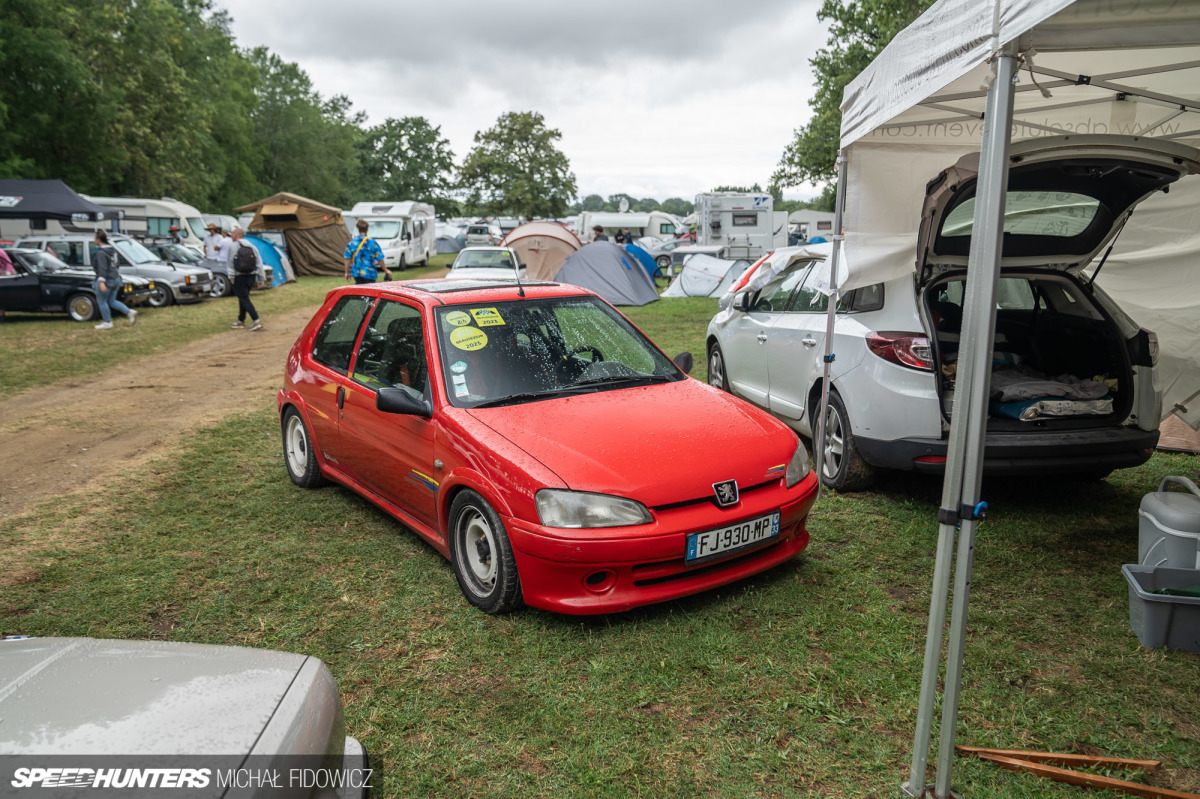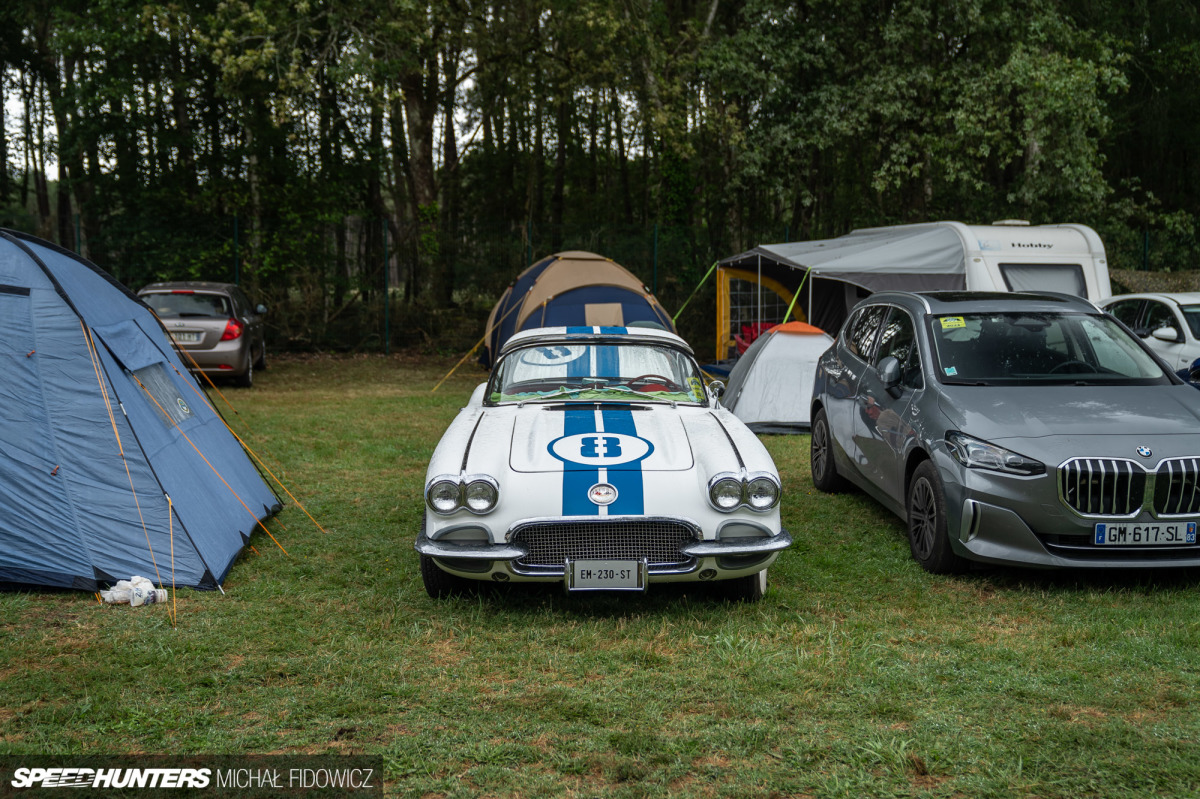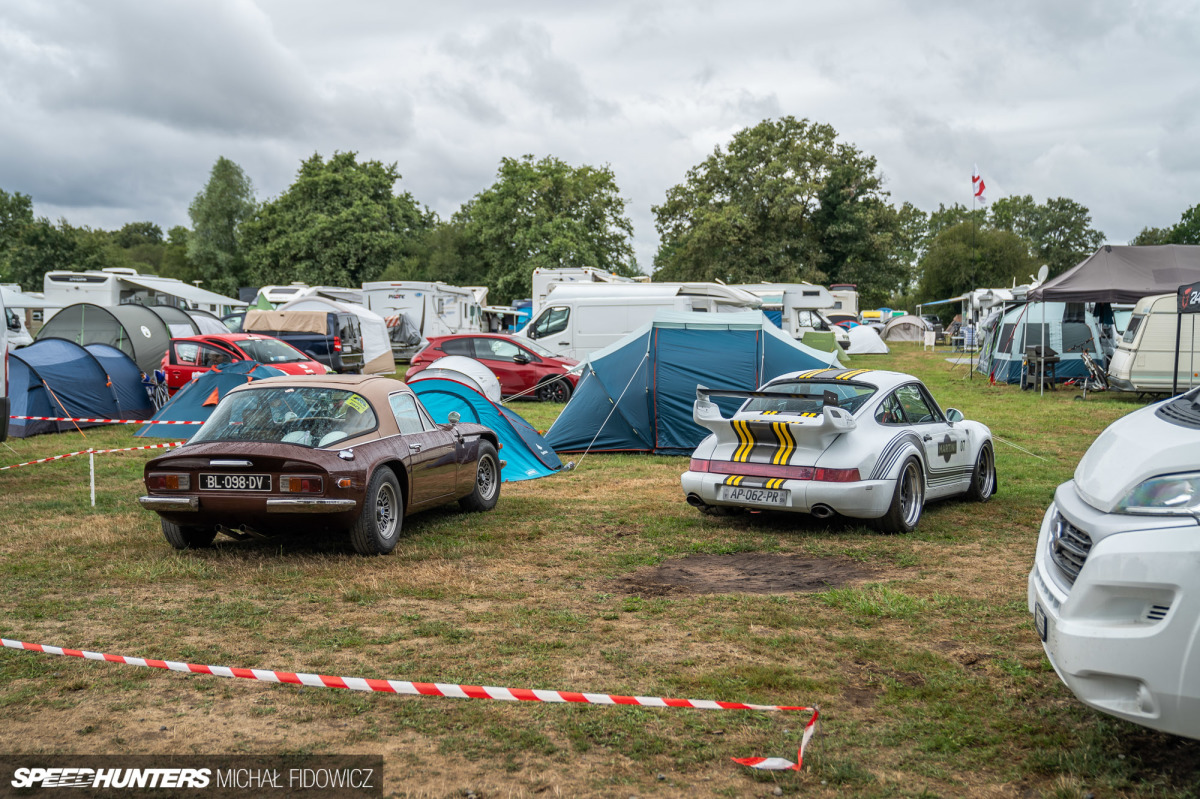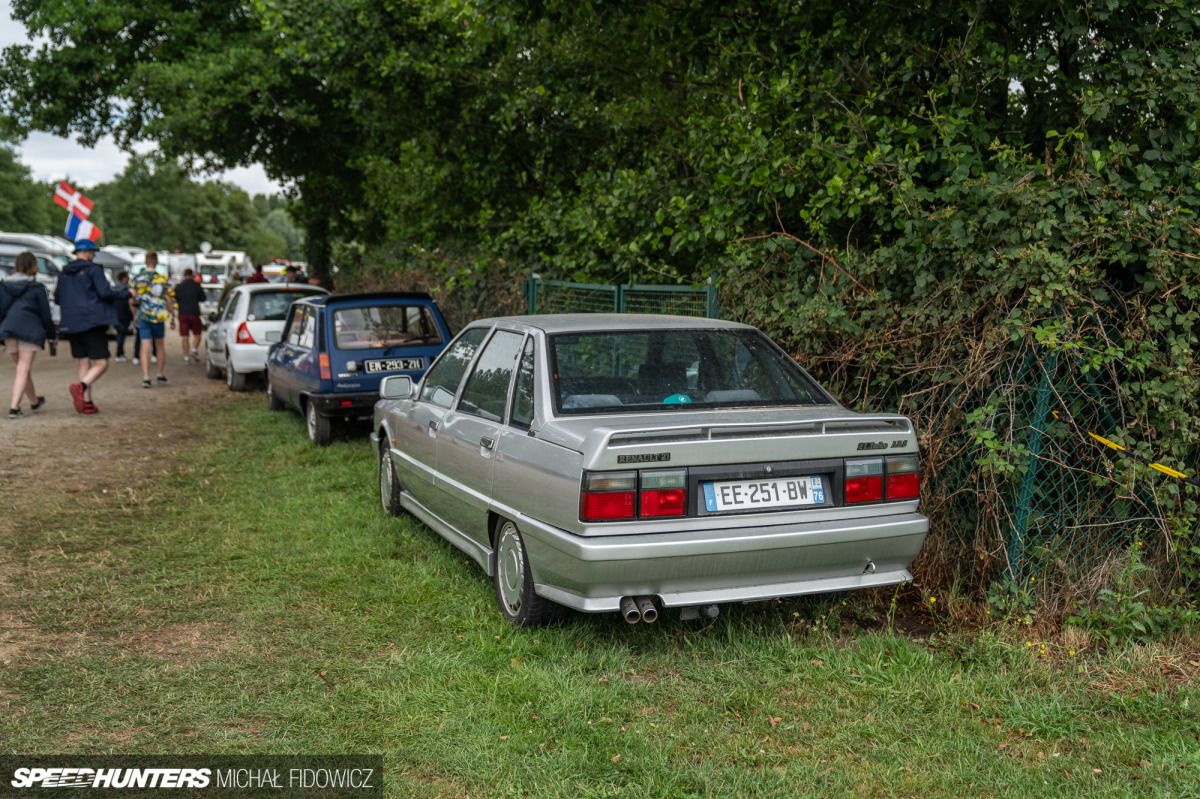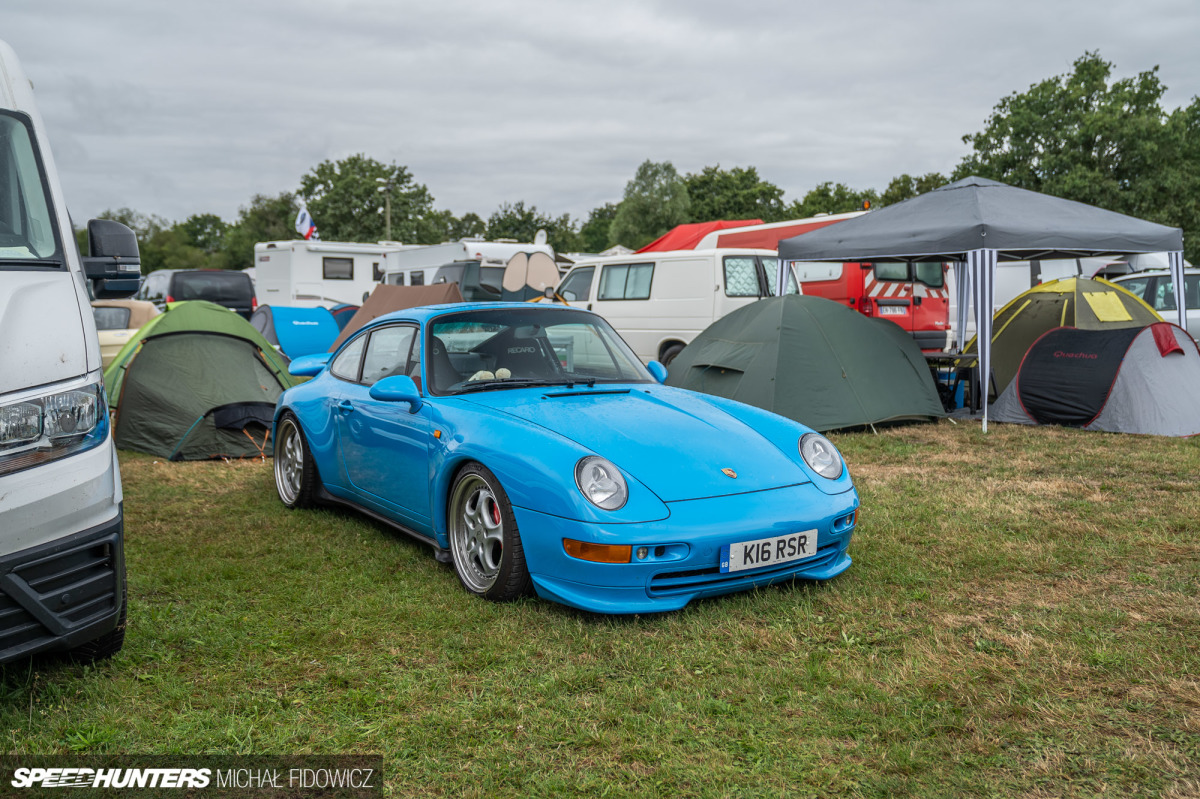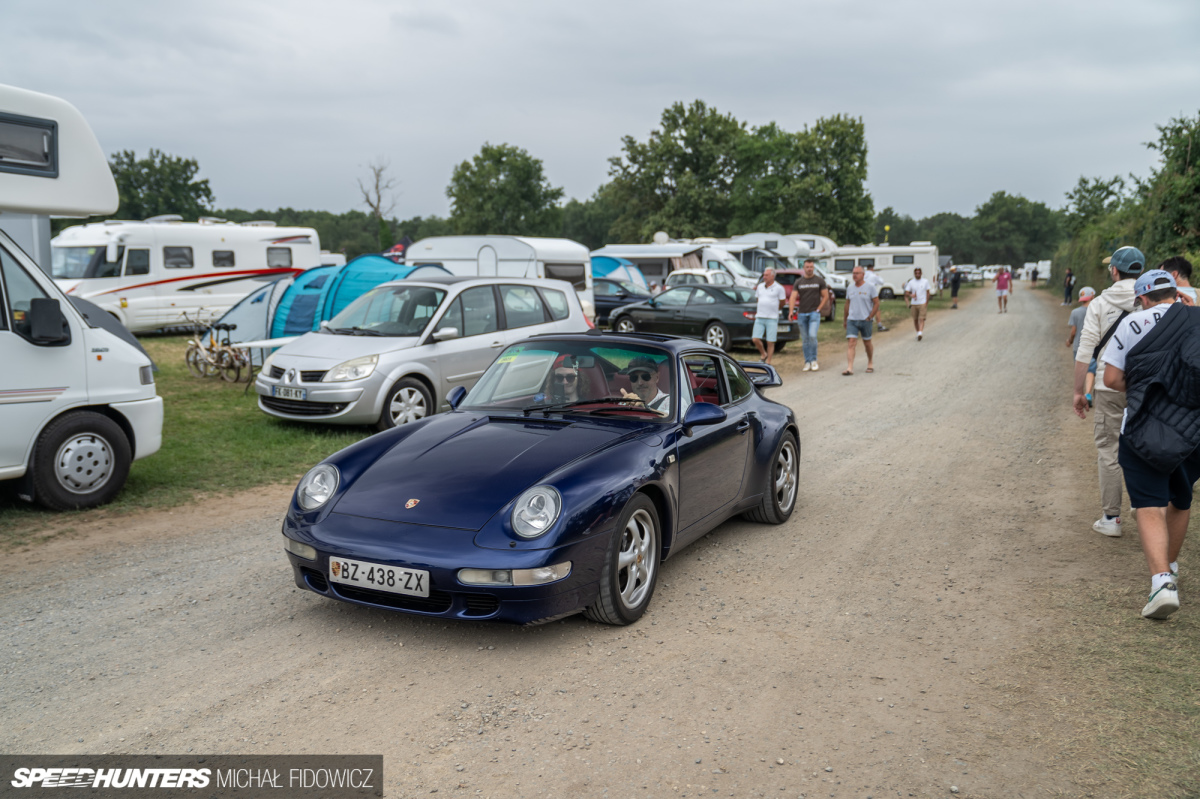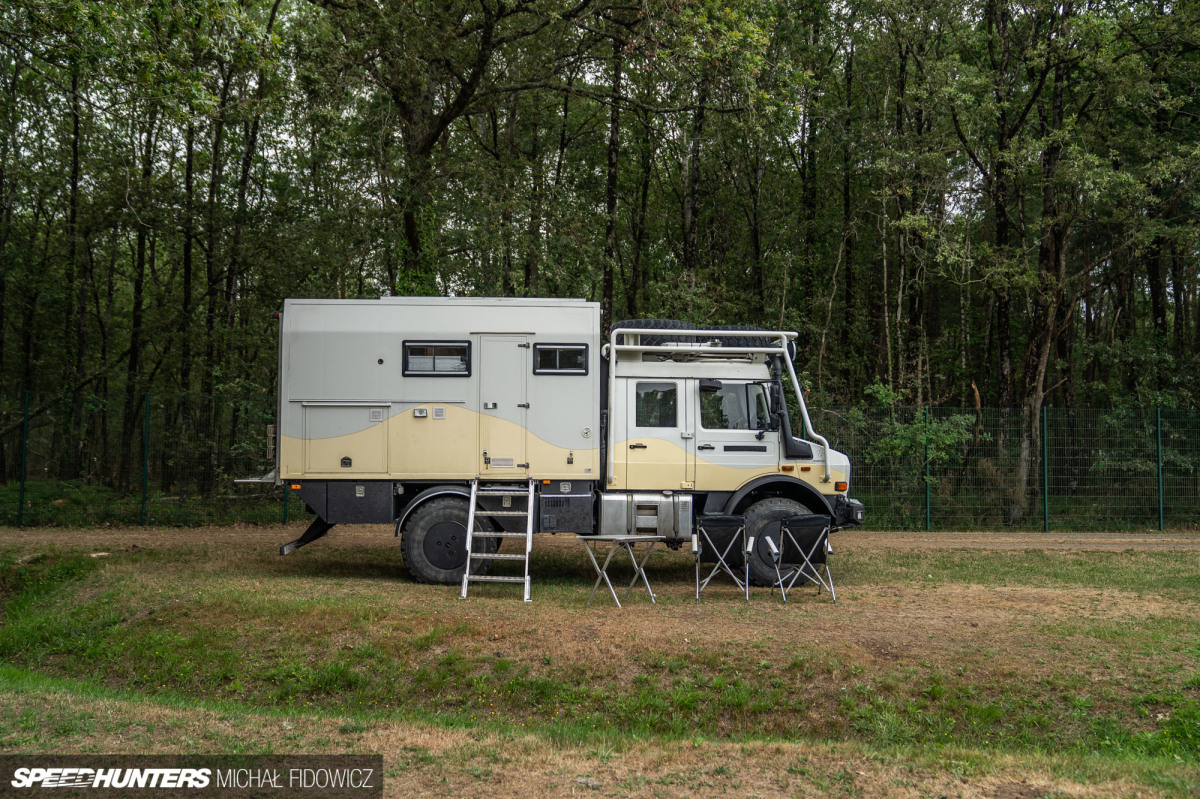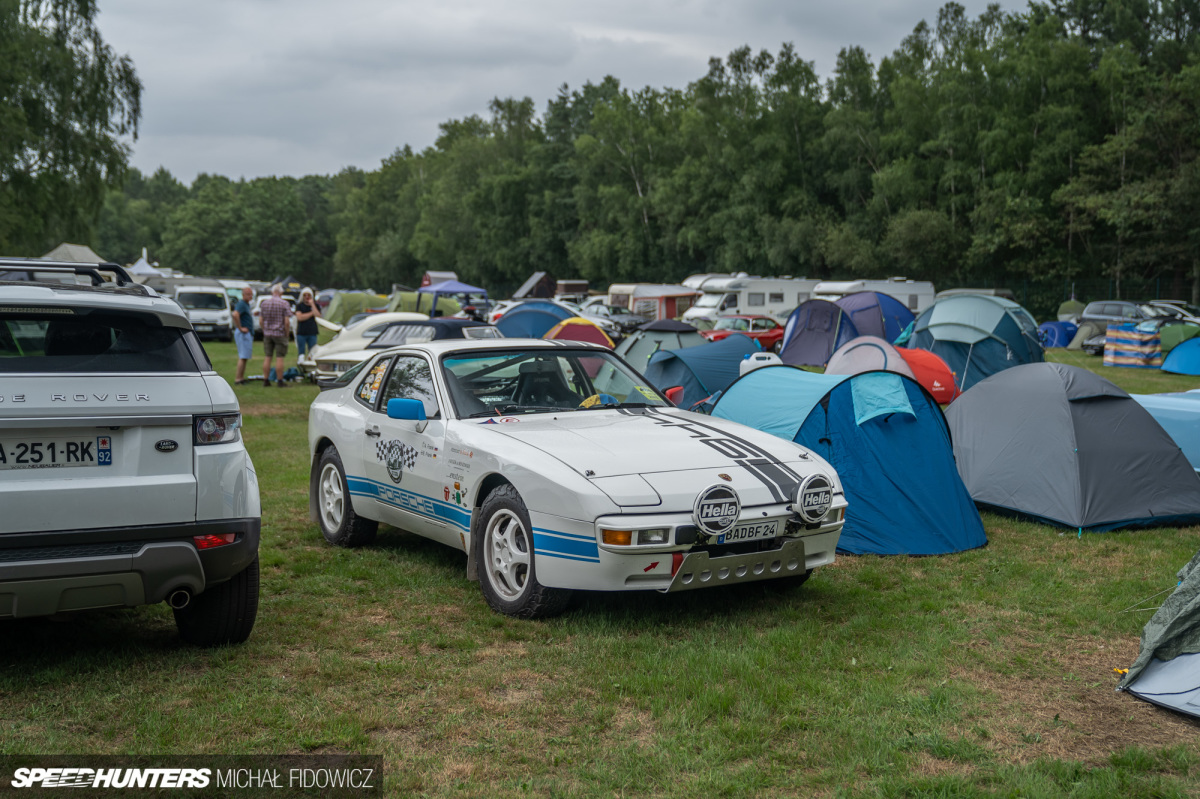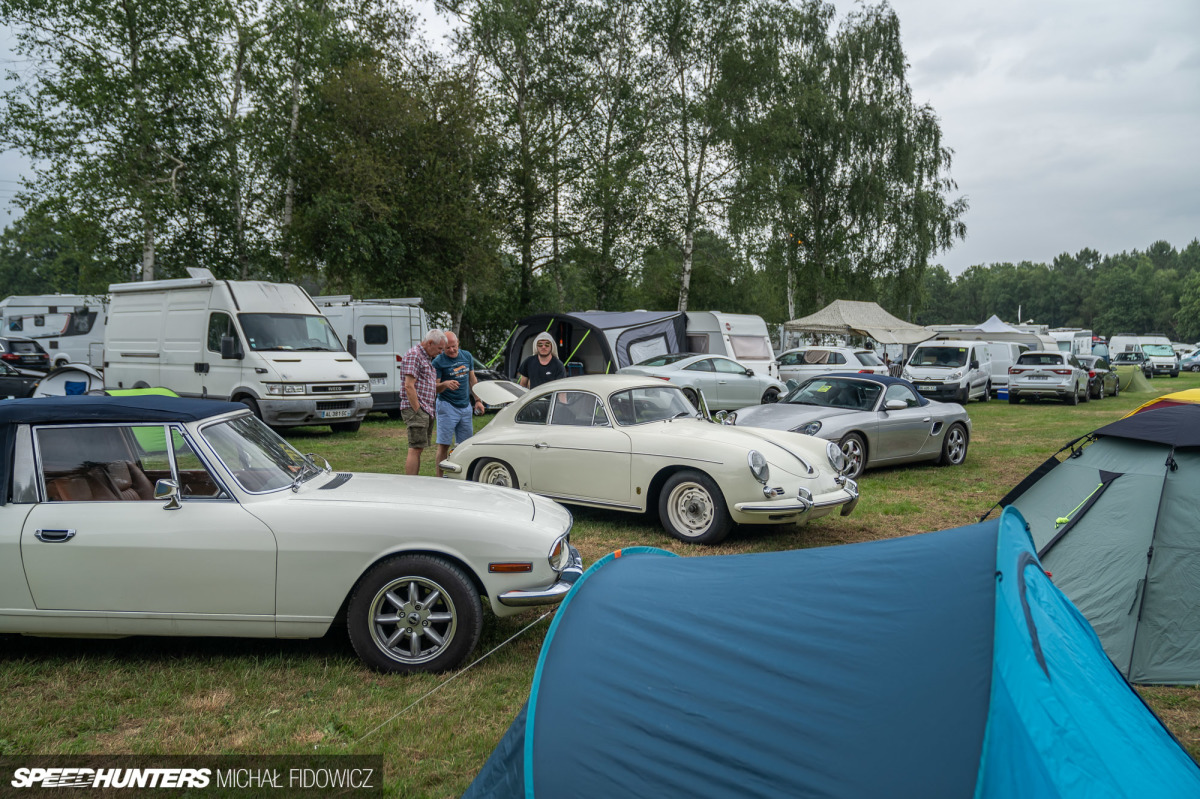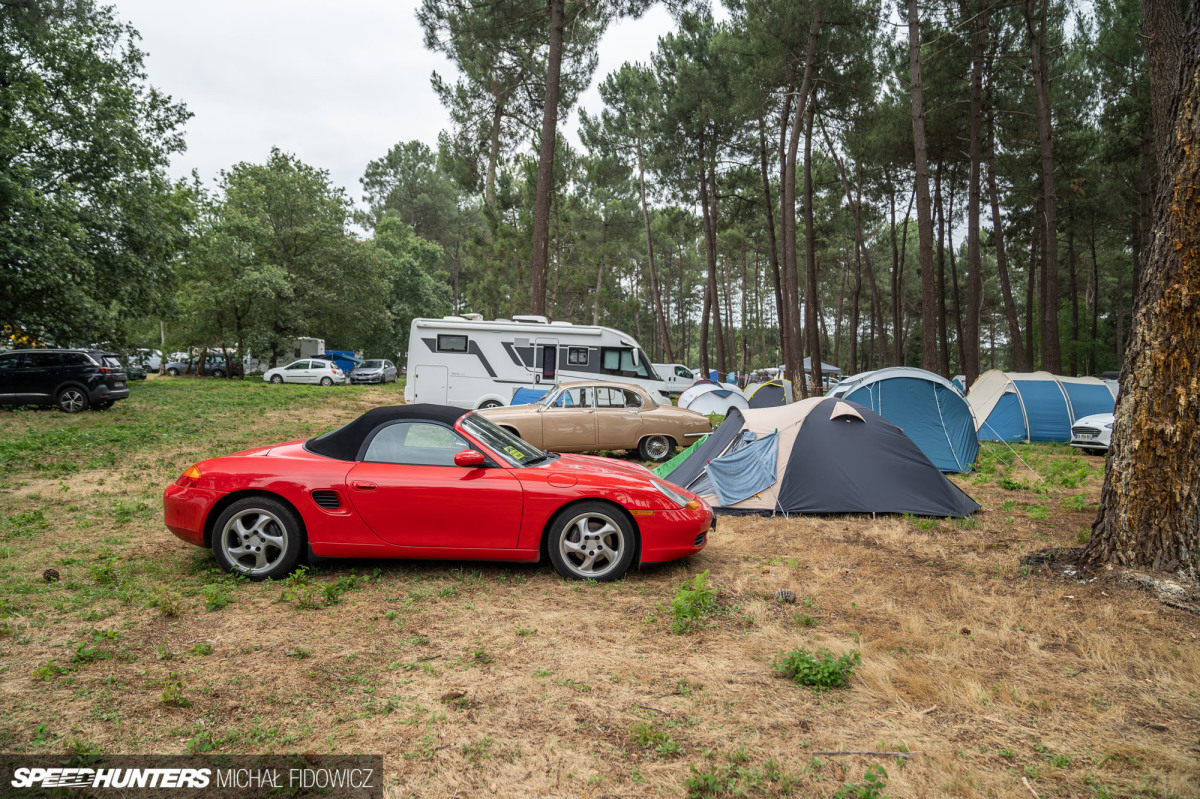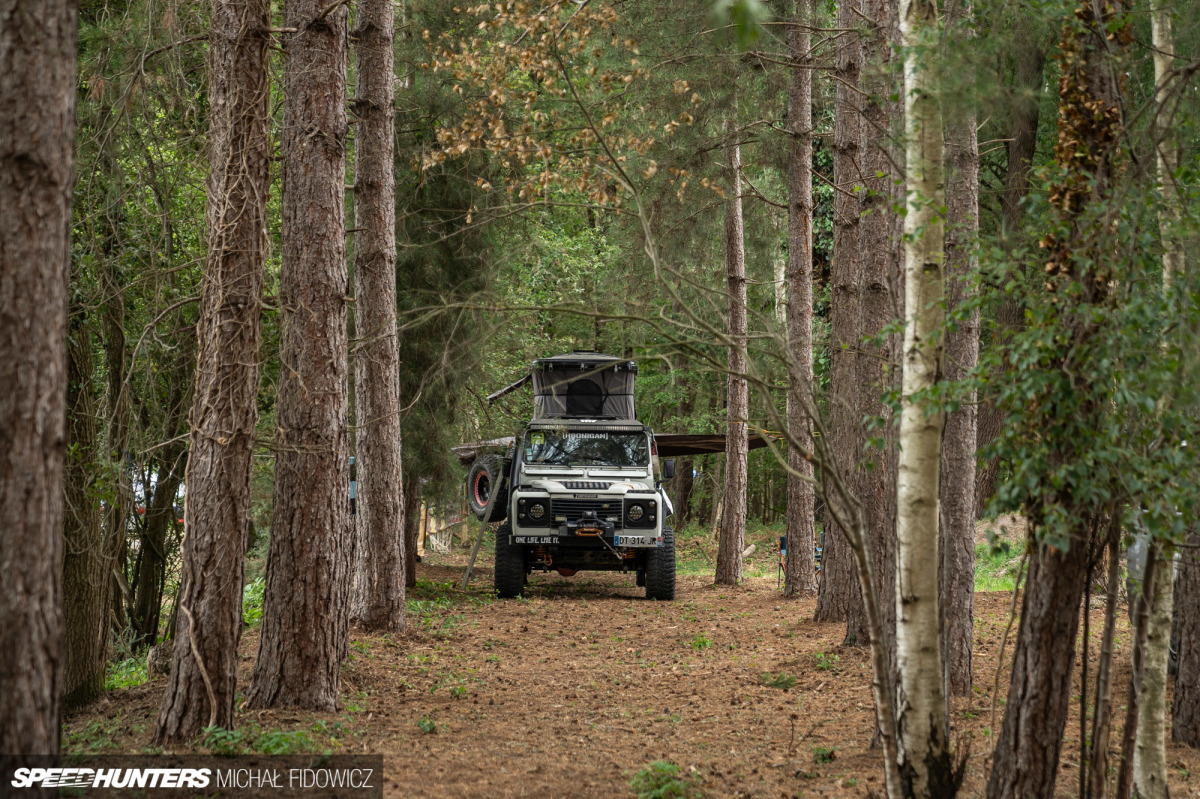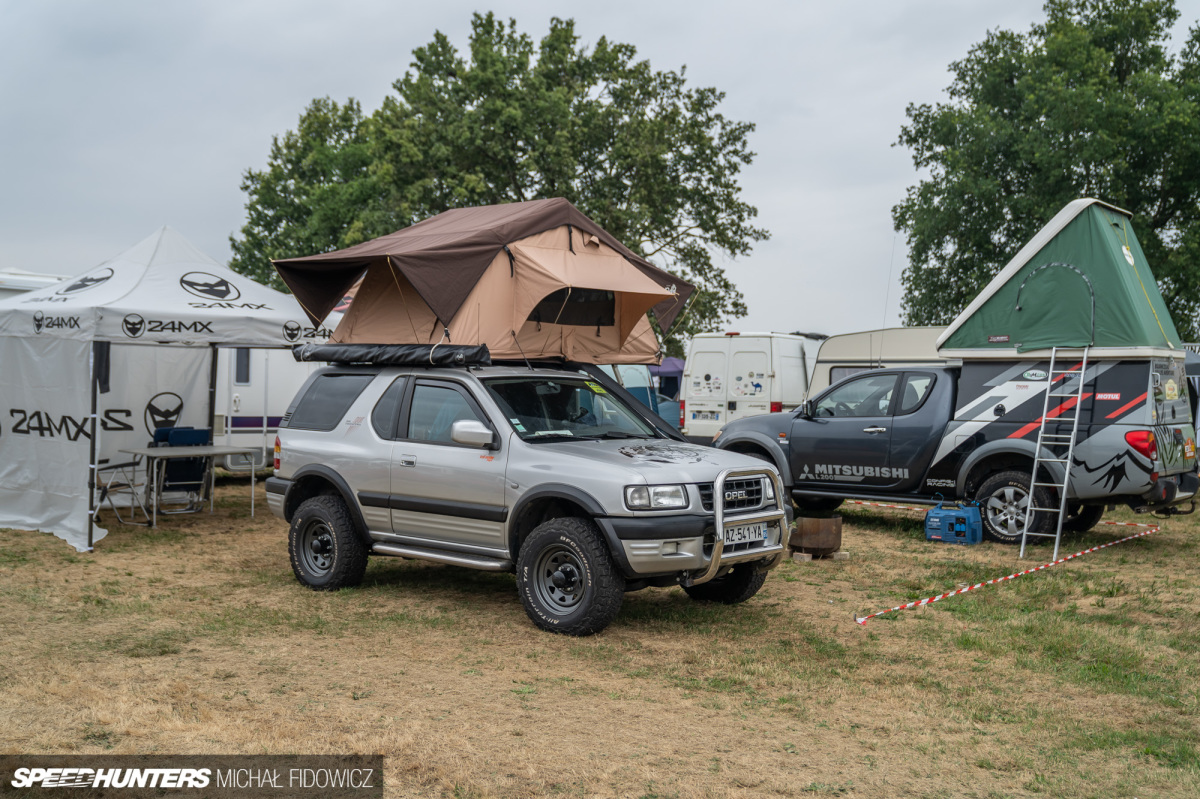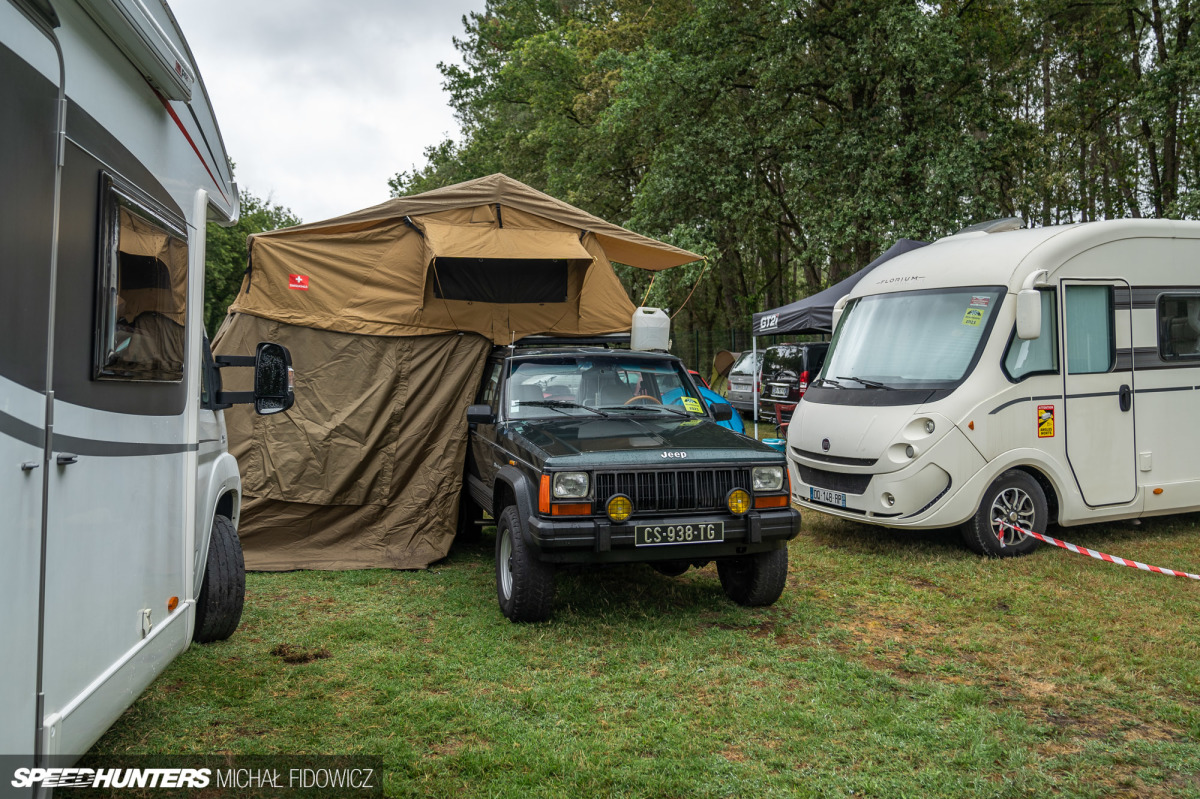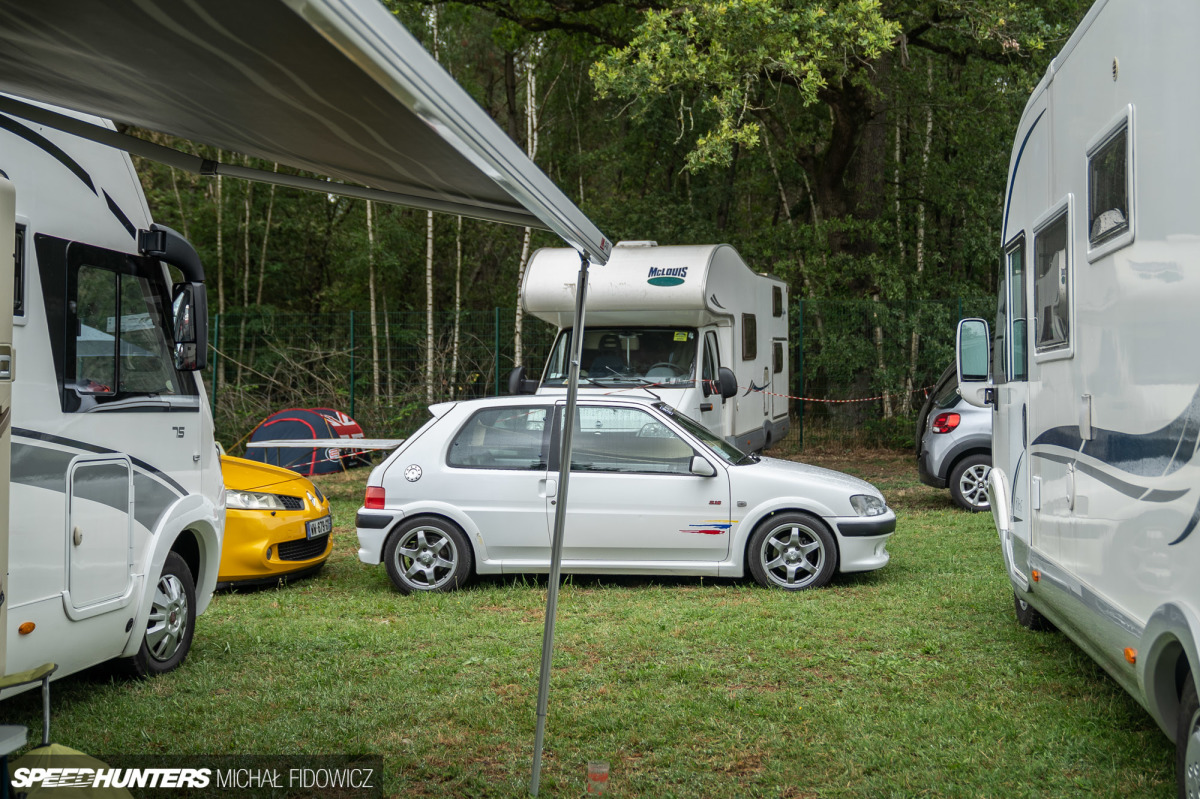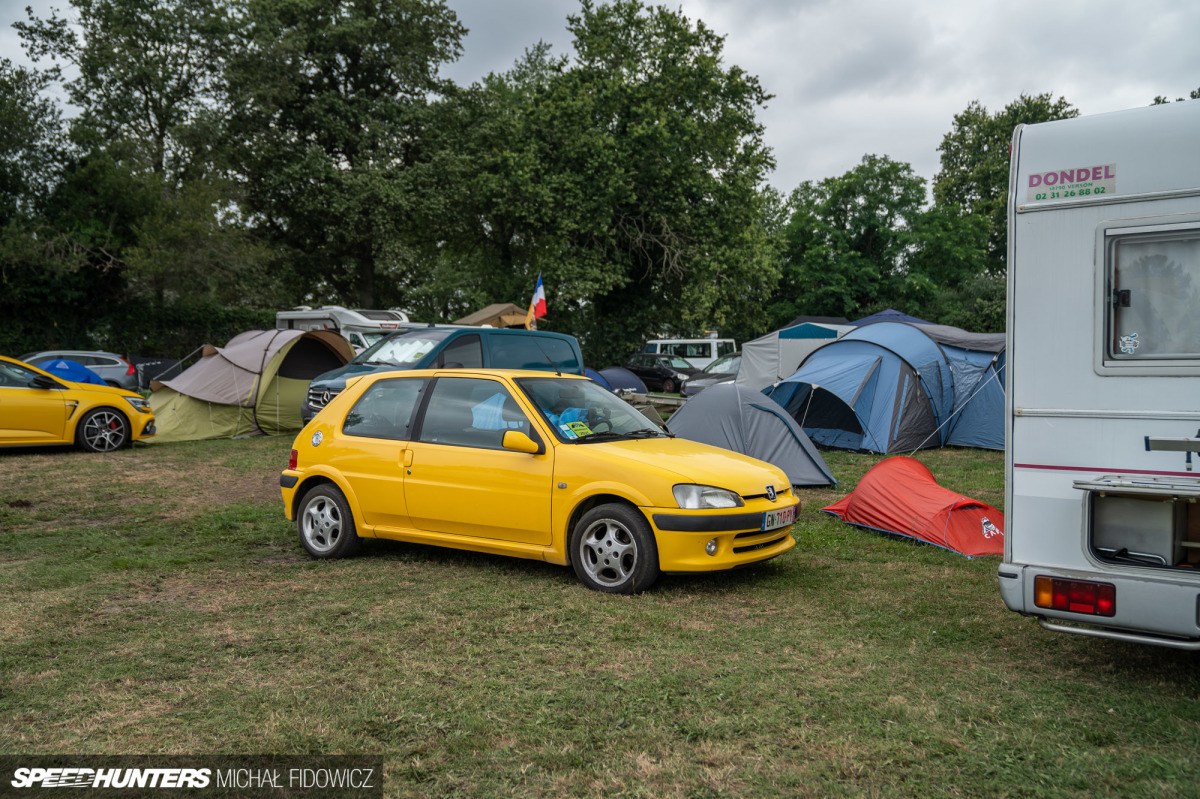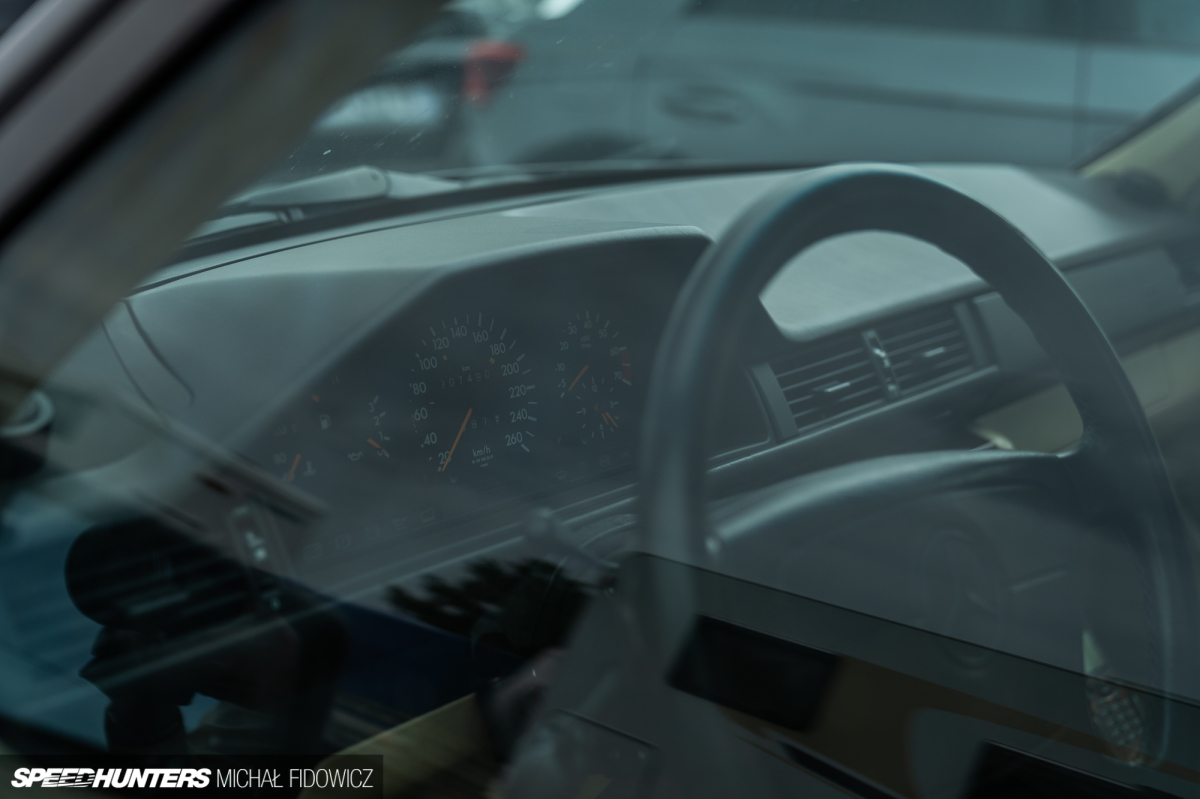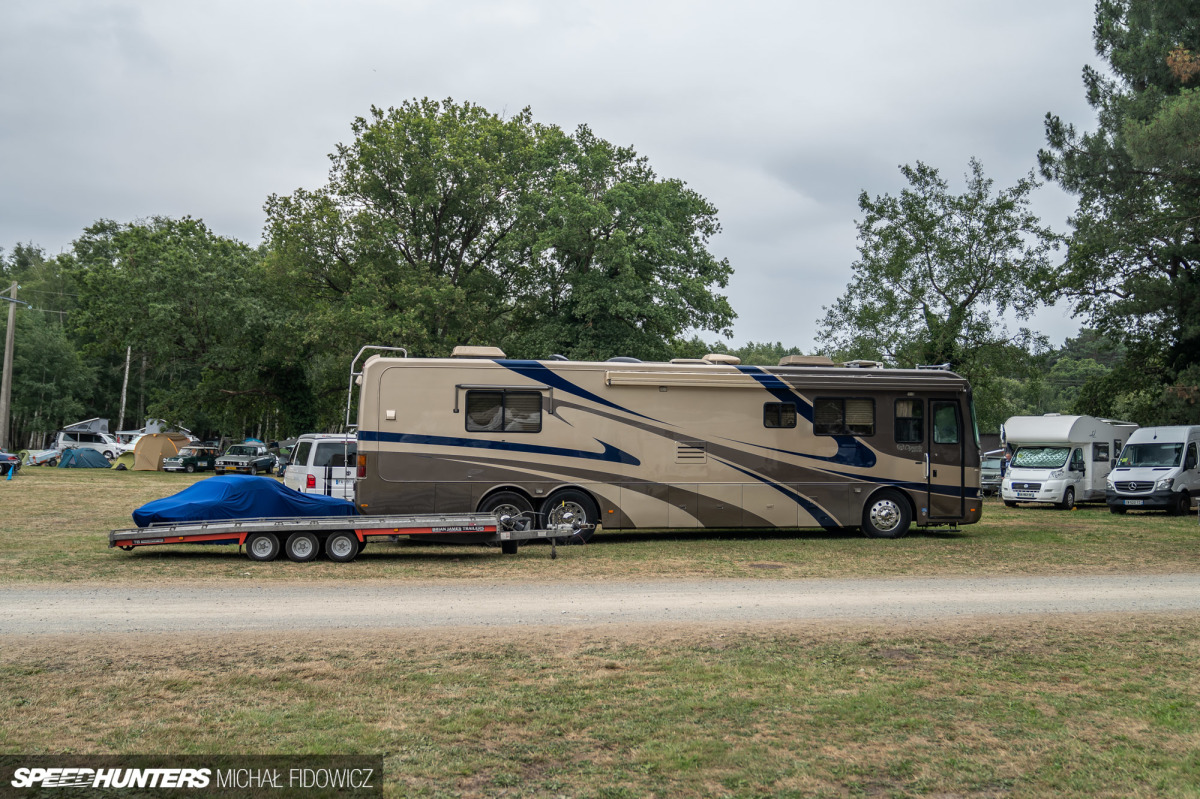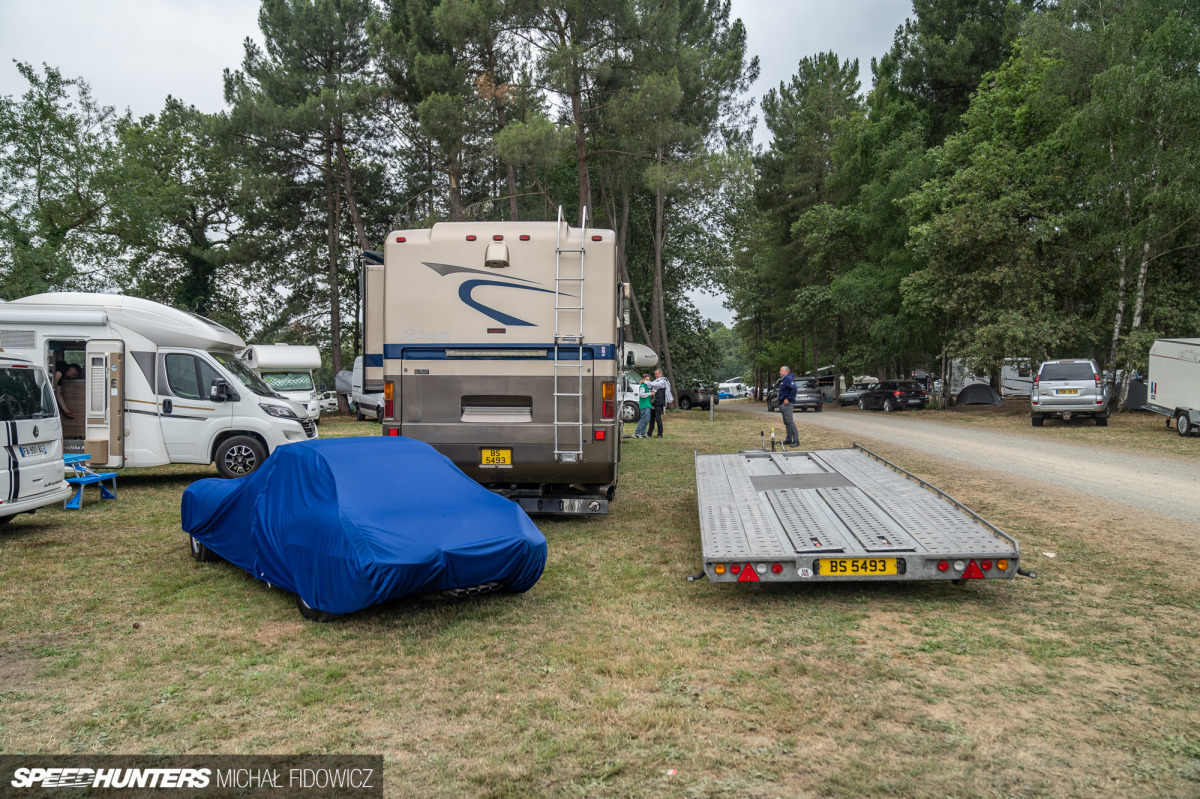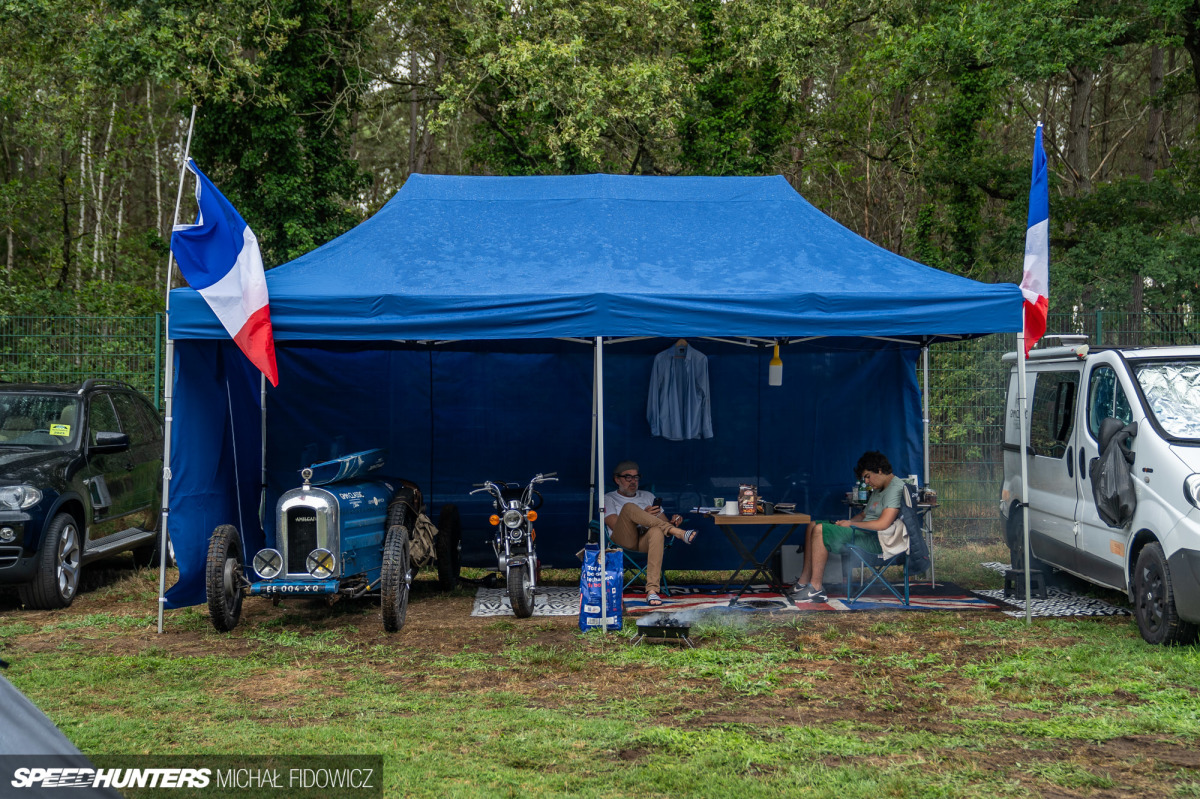Any 24-hour race event brings with it a challenge for the spectators. Where do you sleep?
In Le Mans especially, regular hotel or AirBnB arrangements tend to be either ridiculously expensive or straight up unavailable due to scarcity. At the end of the day, the population of this city in northwestern France is just 140,000, so there really isn’t a need for a huge infrastructure of hotels only to be used two or three times a year when big events are held at Circuit de la Sarthe.

What there is there though, is an awful lot of greenery, both inside and on the outskirts of the race track. Camping is therefore the more common sleeping solution for most race goers, and when it comes to the Le Mans Classic, that leads to something rather special.
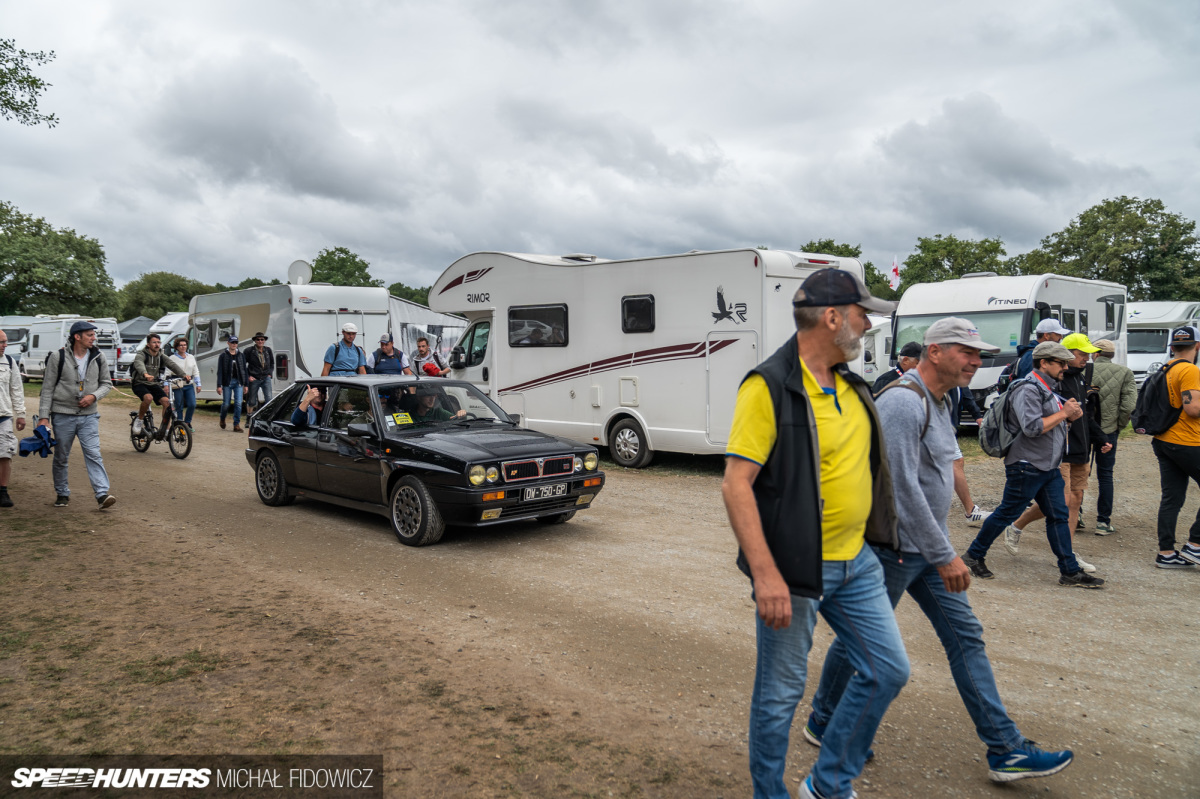
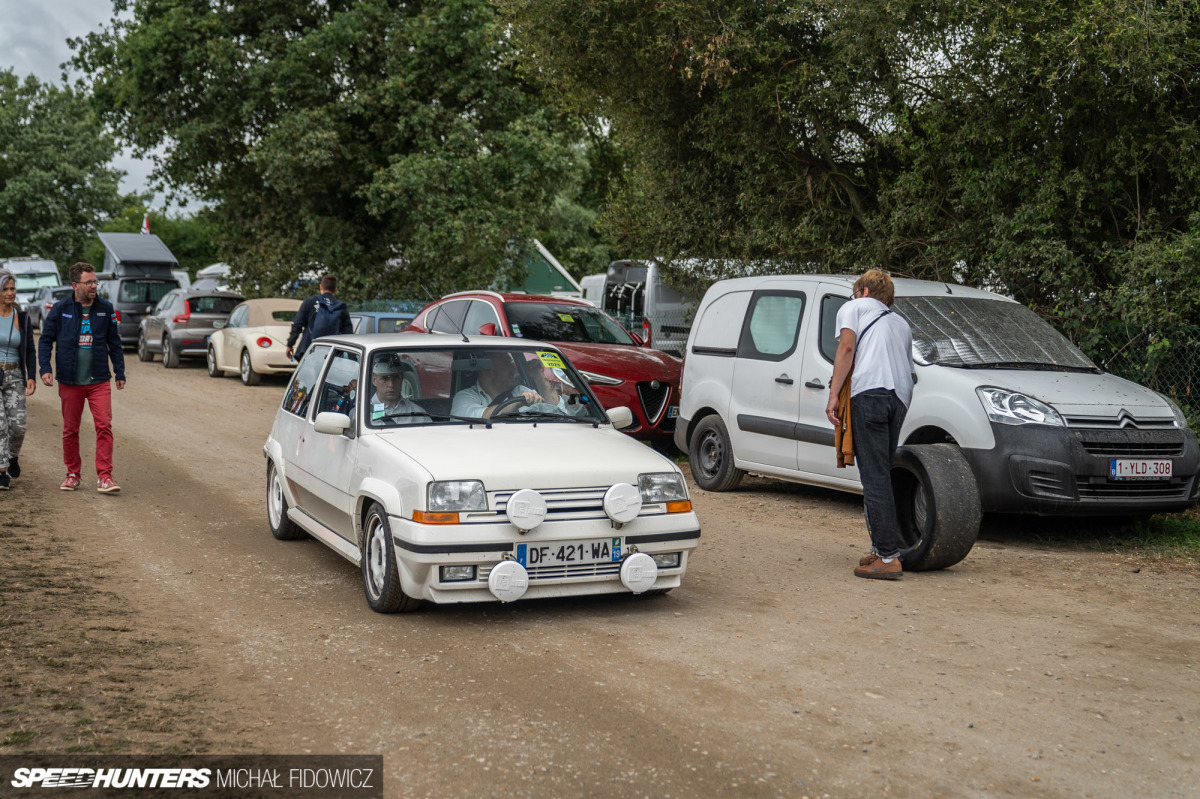
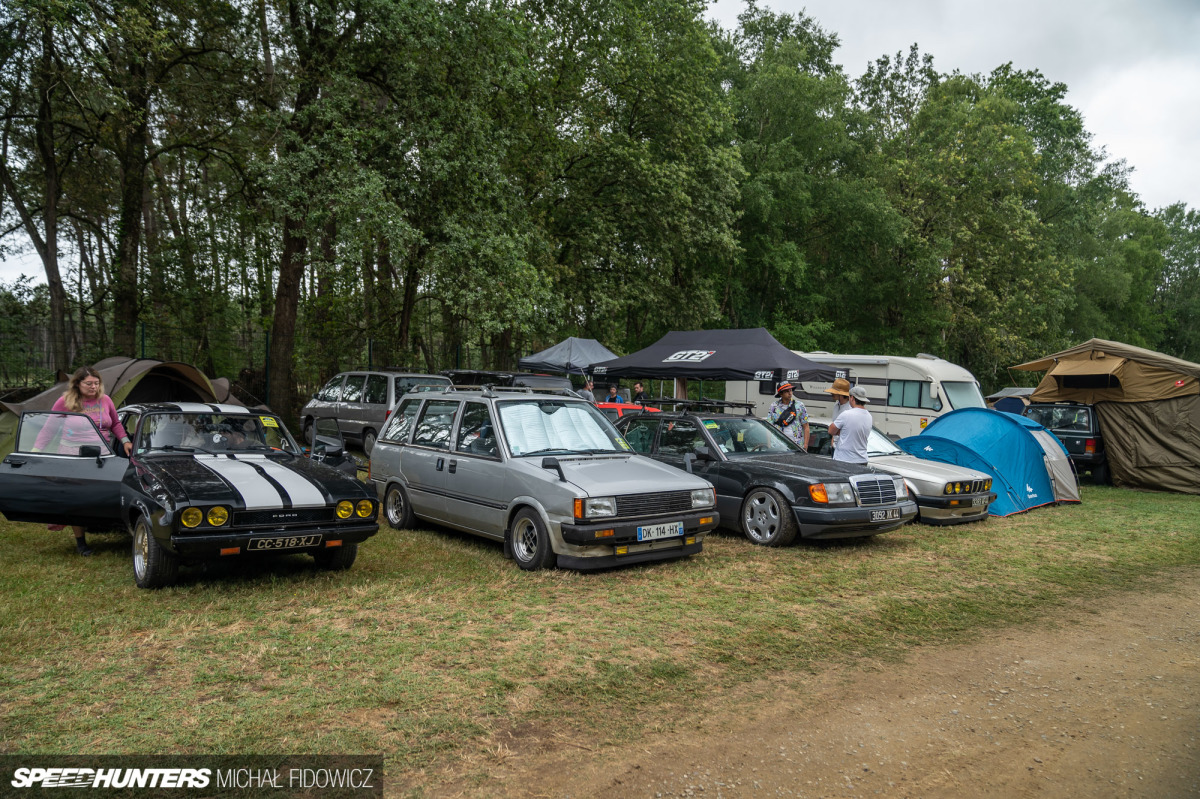
Gather tens of thousands of car enthusiasts into a field and they are bound to bring their toys along with them. I’m not just talking about cars, either. People bring camping equipment from decades past; from 1950s buses turned motorhomes all the way to modern double decker RVs which look like they could fly.
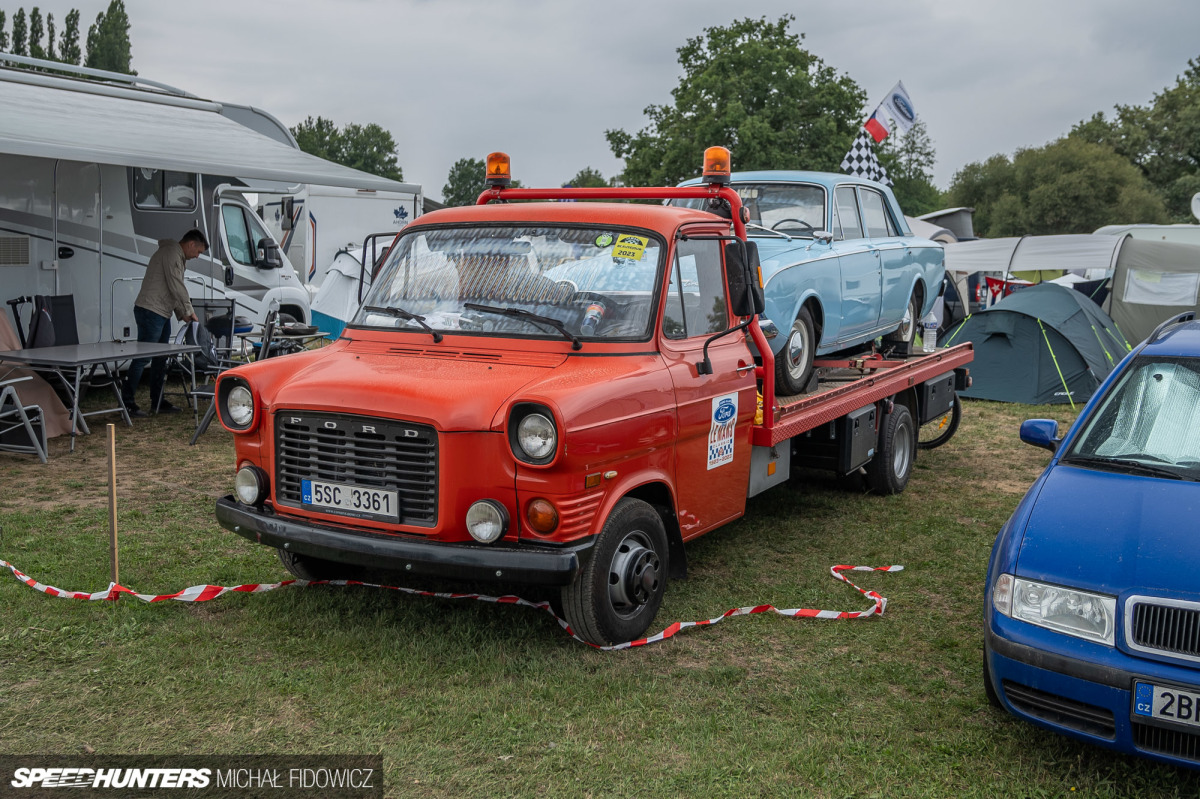
With this in mind, I thought it would be fun to take you on a little tour around the campsite I stayed in for the 2023 Le Mans Classic, to see what we can find.
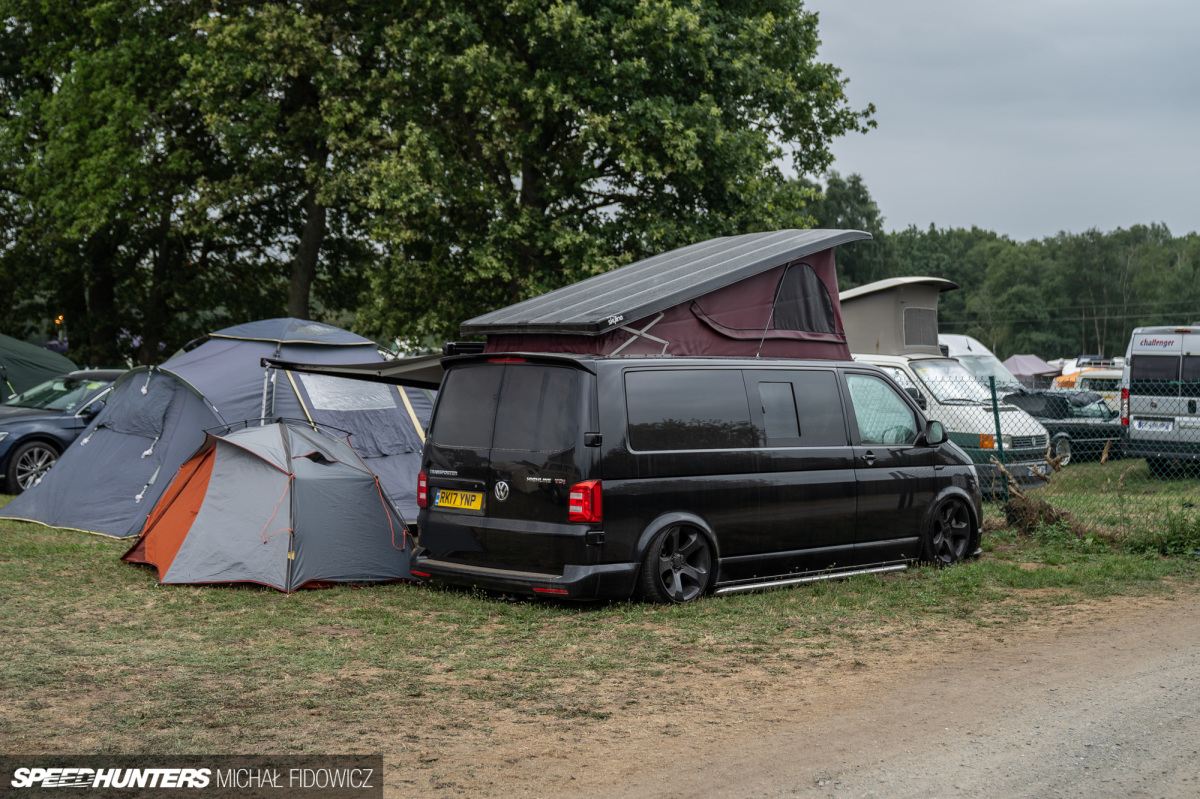
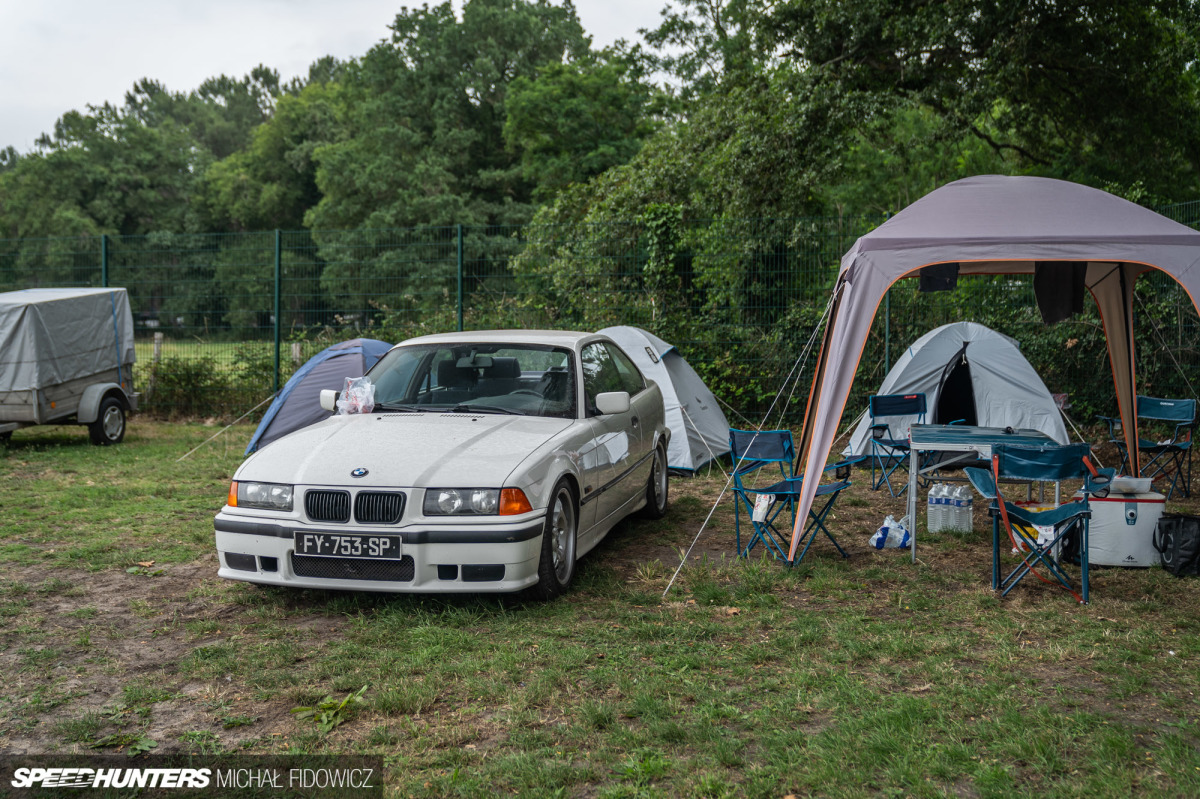
Camping is split into three areas: Green, Blue and Red (of course, all spelt and pronounced in French when you’re there.) As it turned out, our Green campsite was as far away from the race track as you could get, with the Bleu and Rouge campsites having the best access. Naturally, these campsites were more expensive and had some serious setups inside, but as I only had a pathetic Vert ticket, I didn’t have the access to mingle with these elite campers.
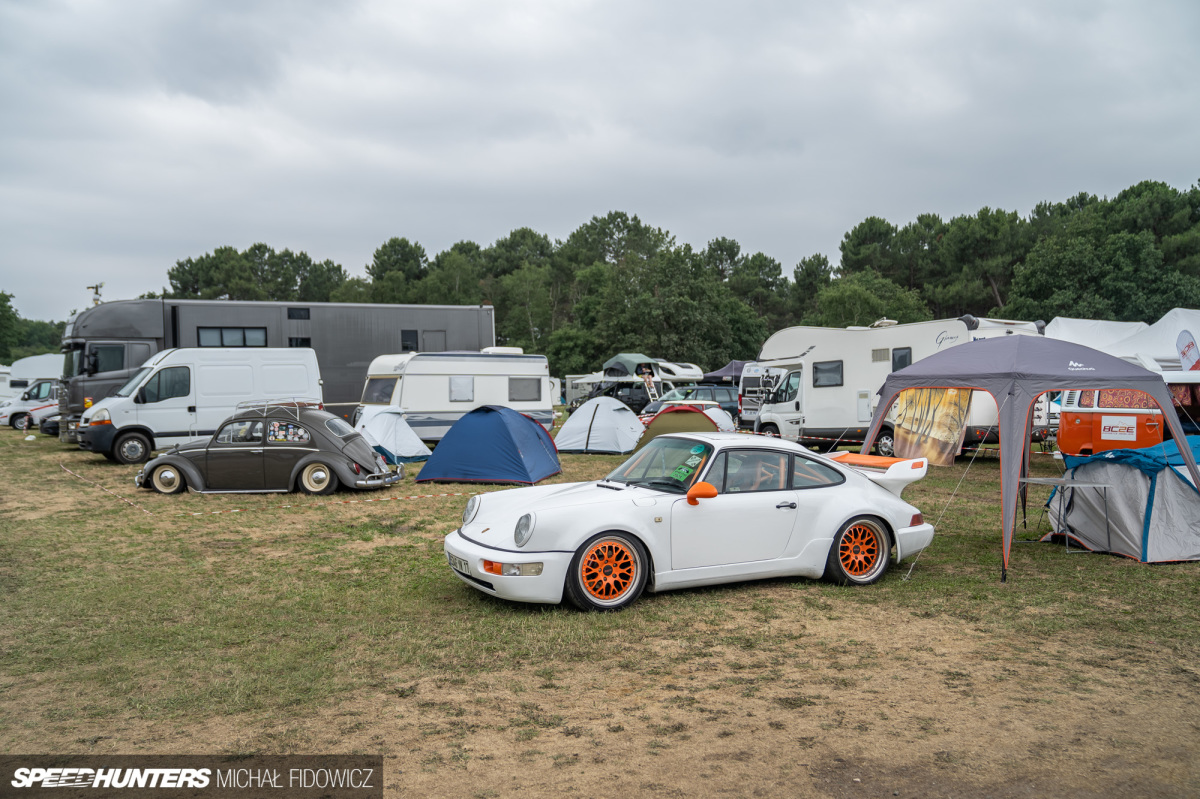
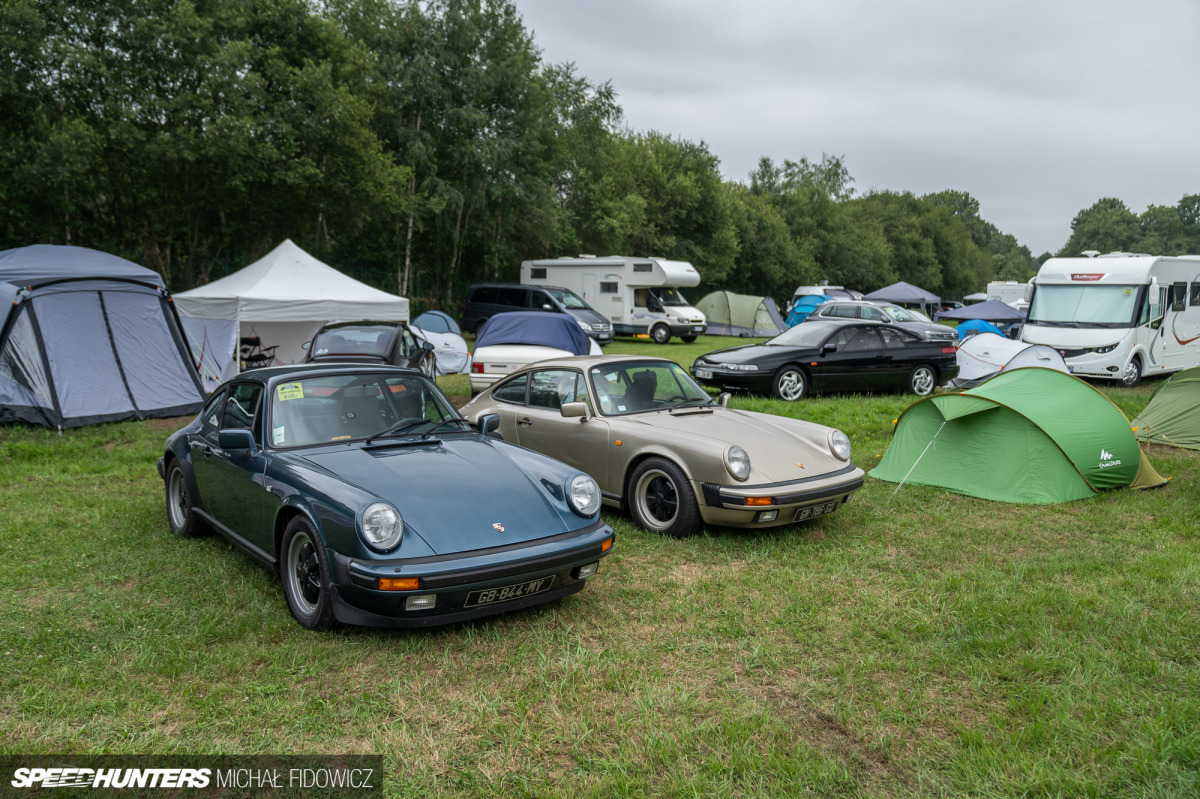
I wouldn’t have known I was in the peasant campsite unless you told me though. The area where we pitched down for the night was in between a lovely group of French modified car enthusiasts and what seemed like half the 996 UK Owners Club group.
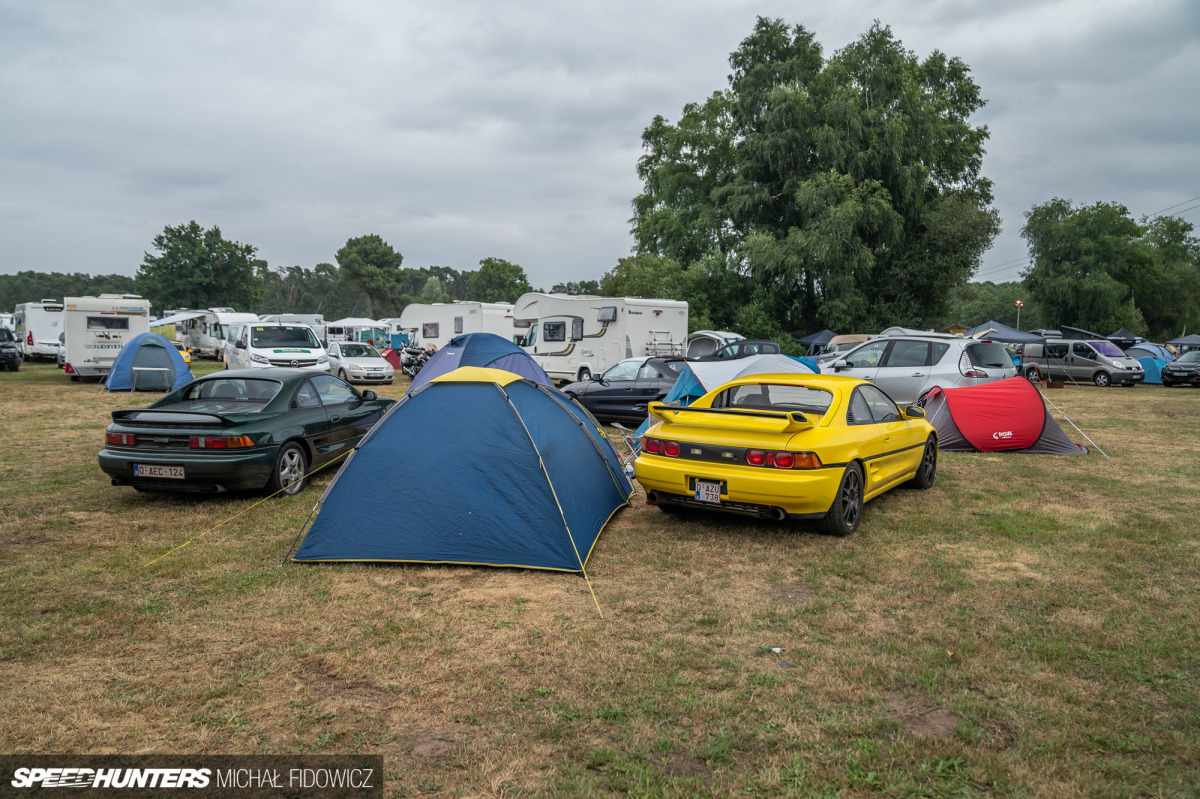
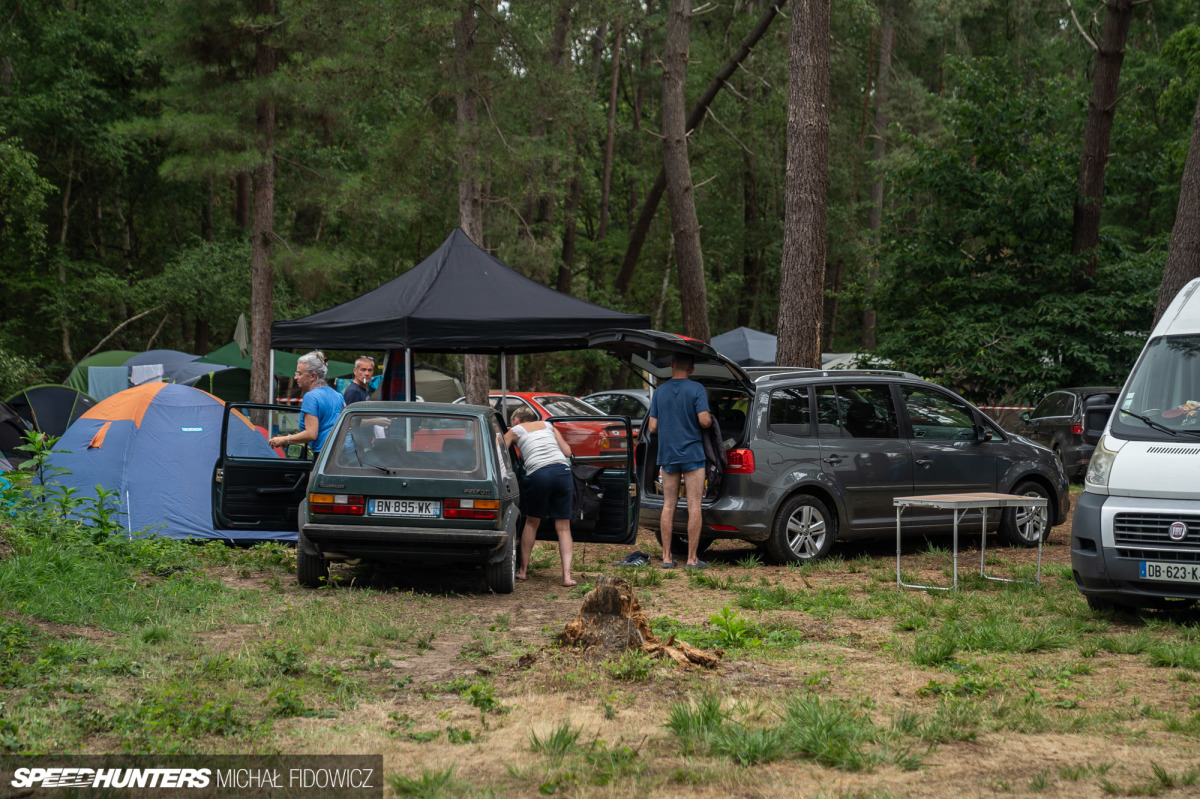
The campsite was as long as it was wide, taking a good 25 minutes to cross on foot. Some of my favourite spots were hidden in the forested area near Circuit de la Sarthe’s Village on the Curves.
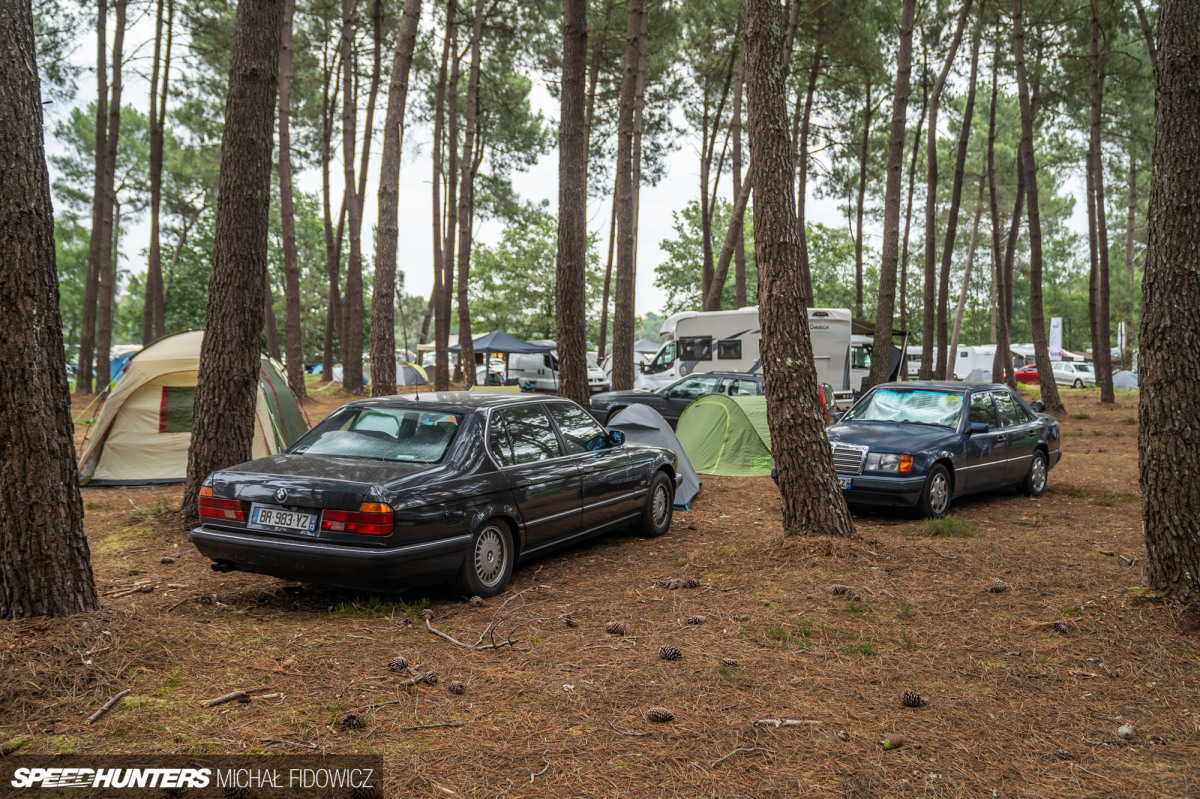
One one end, you had green laning machines crammed down technical off-road paths; at the other you had something that looked like a scene out of a 1990s Eastern European mafioso movie.
The smuggest campers were those with roof tents – an ever-growing segment that’s spurred on by the recent do-it-yourself social media boom of van lifers and Instagram travellers. While their roof tents limit them to 70mph on the motorway, the functionality really paid dividends after it rained overnight, every night, and they didn’t wake up to a soggy floor each morning.
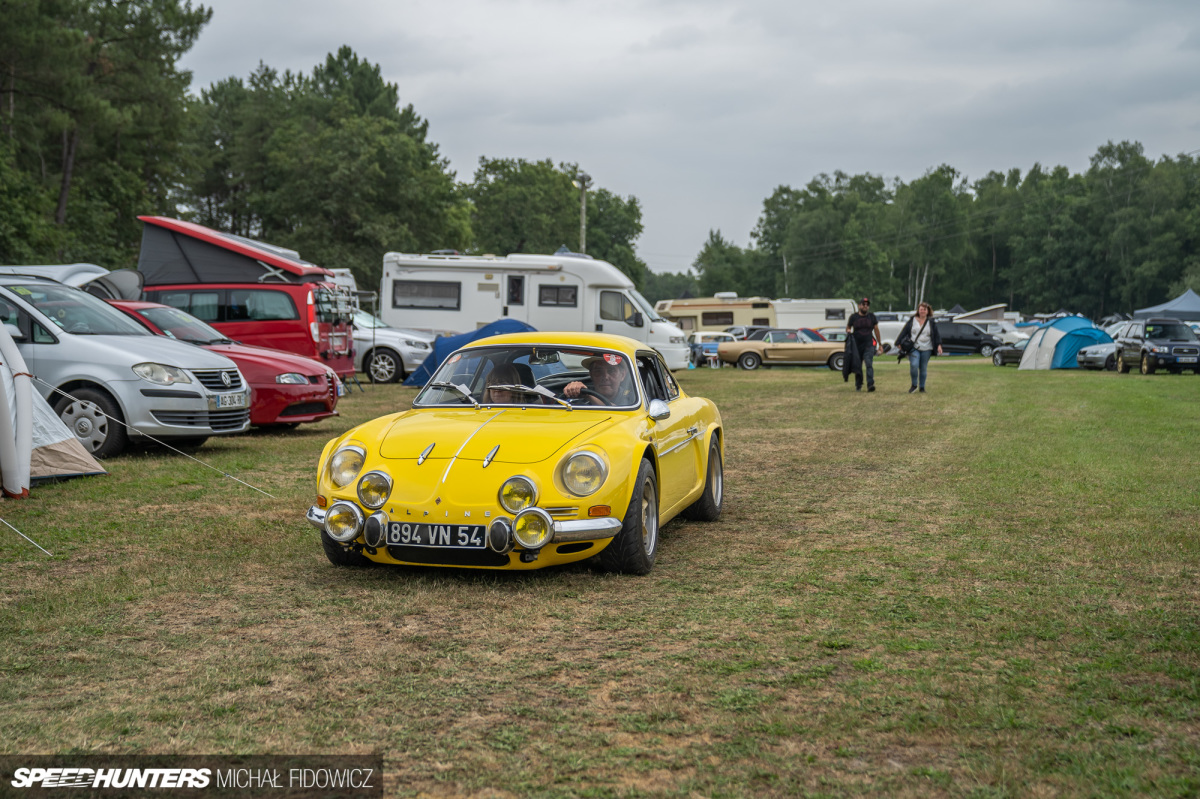
The real highlight of the campsite had to be the endless French curiosities scattered on every other plot. We’re no strangers to the iconic hot hatches such as Peugeot Clio 182s and 106 Rallyes, but those cars don’t often make it clear how old the badge on the bonnet really is.
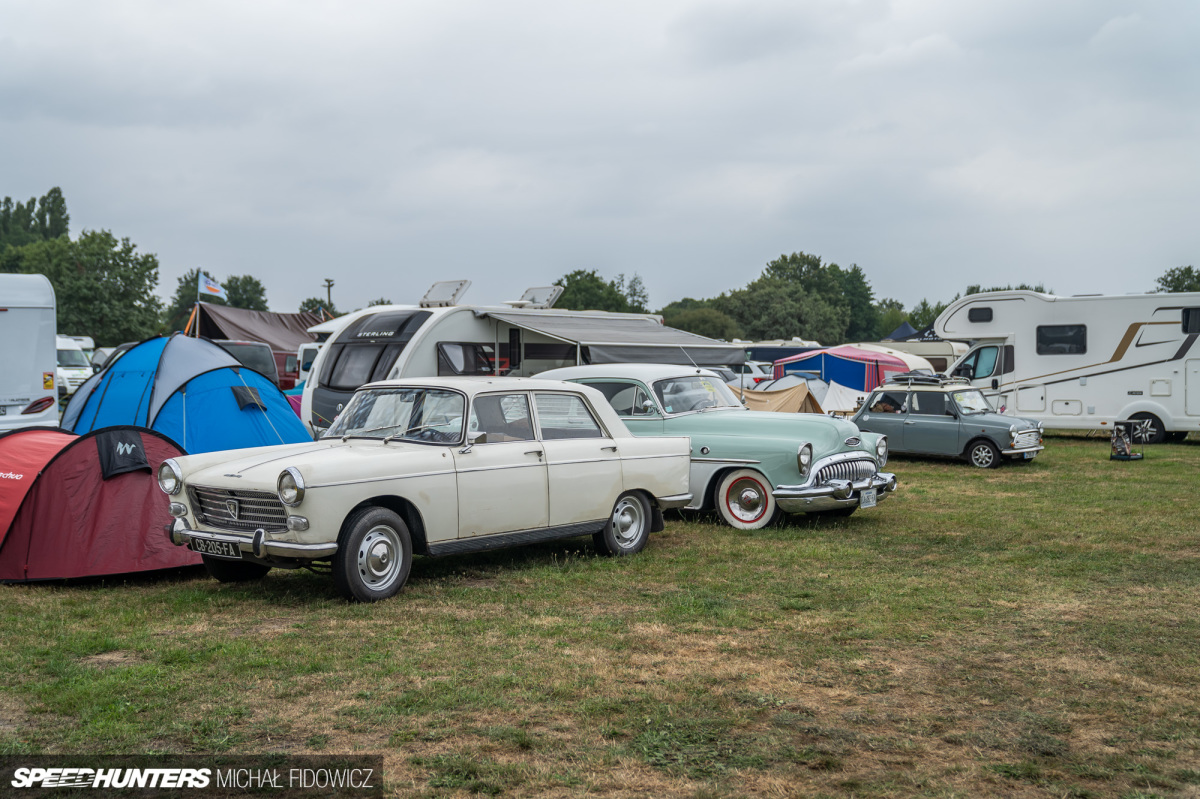
The Peugeot 404s in the photos have been kicking around since the 1960s, and played an important role for getting the people of France on the road with their reliability and fuel efficiency. Sure, these aren’t terms often associated with Speedhunters, but ones that help to build up brand heritage and a loyal customer base in the long run, allowing companies to have fun with things like hot hatches at a later point in time.
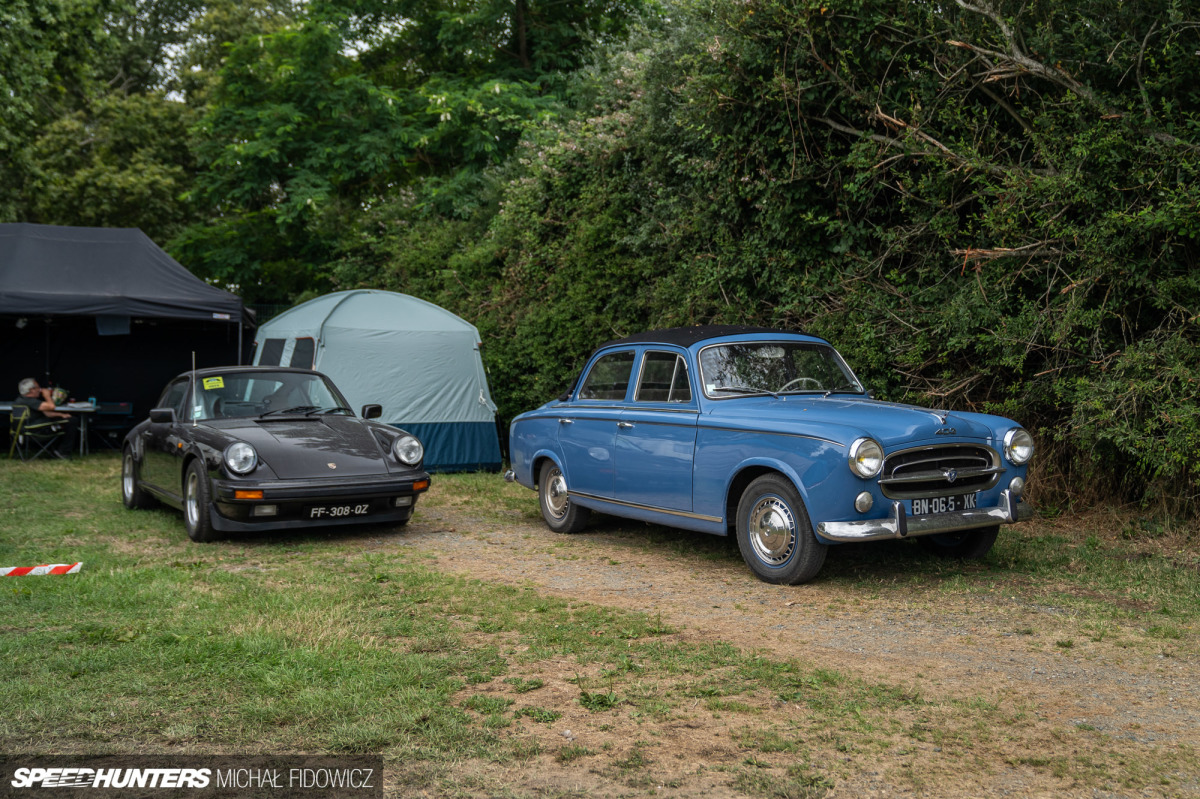
The Peugeot 403, again, same story just from a decade earlier.
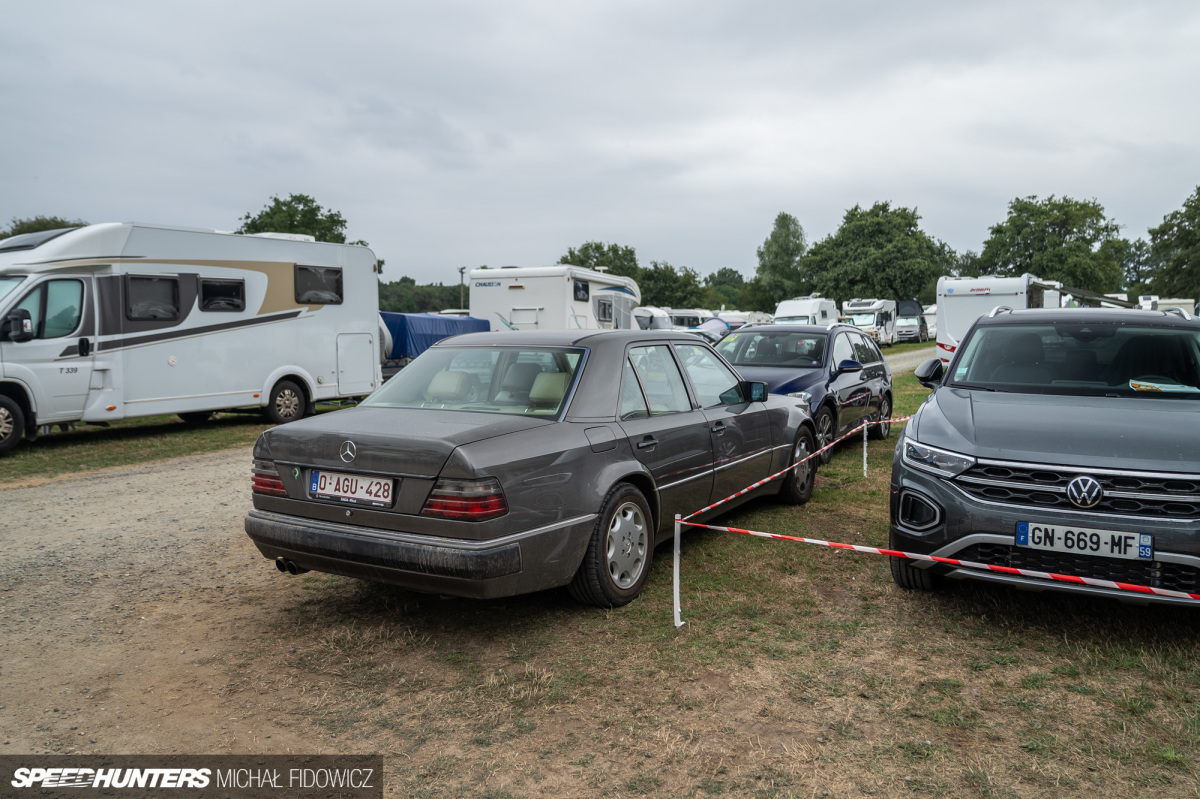
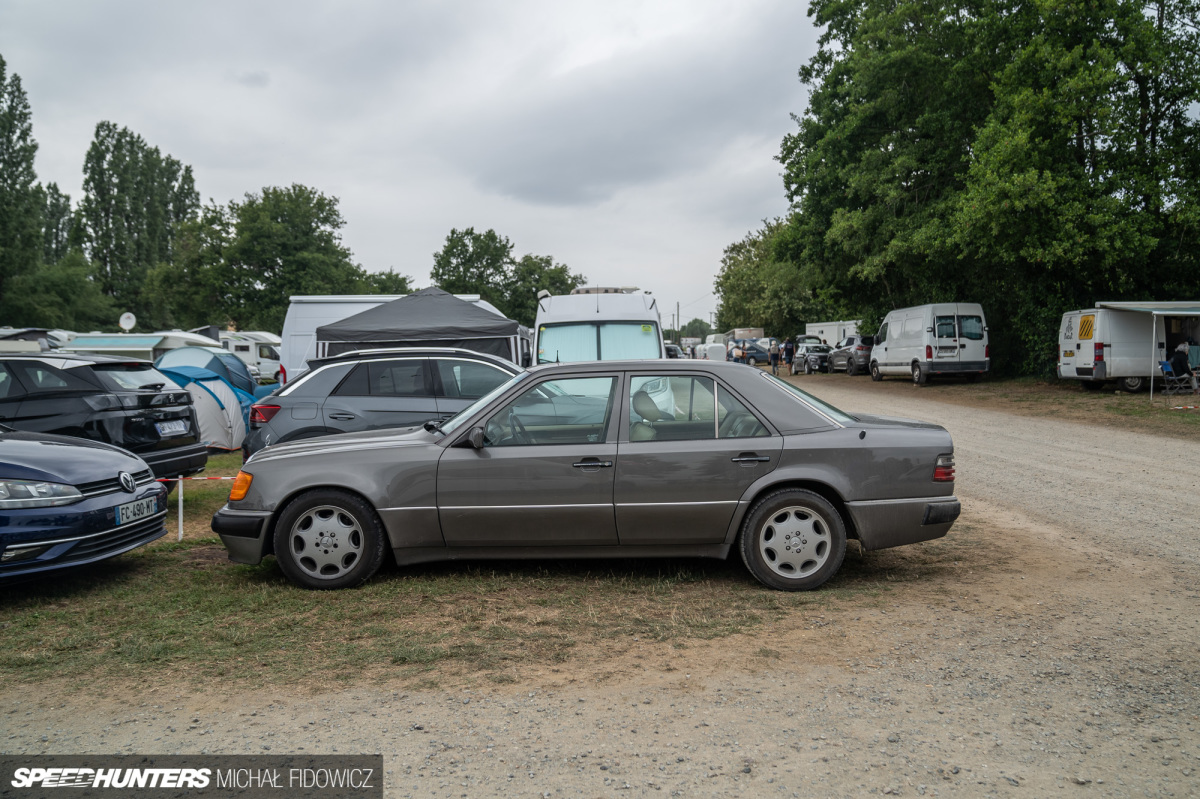
My personal favourite is predictable. No, not a BMW, but a car that would blow most BMWs’ socks off – a Mercedes-Benz 500 E. With two bucket seats on the rear bench and a speedometer that goes all the way up to 260km/h, I think you’ll have a hard time disagreeing with my choice.
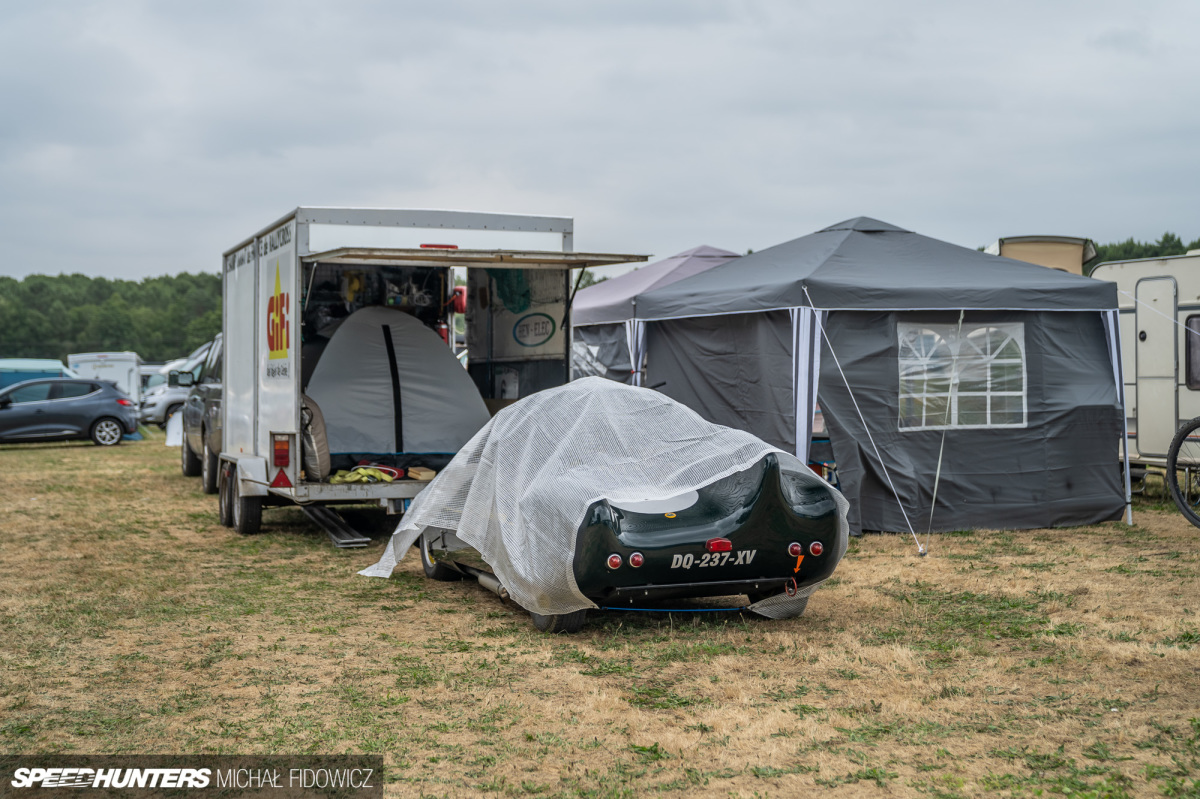
Unless of course you camp with your race car. Now that’s one way of doing Le Mans Classic.
Michał Fidowicz
Instagram: candyshowroom

